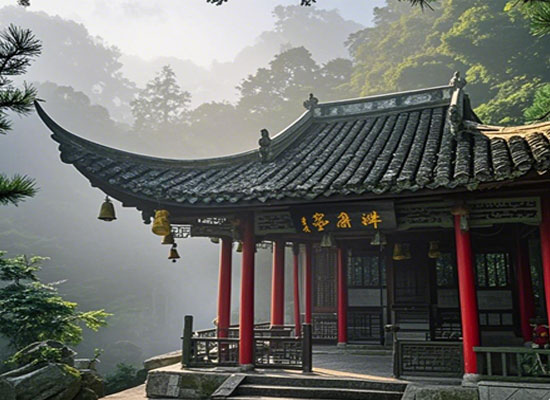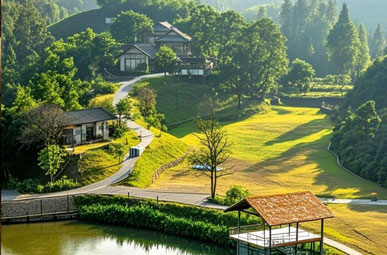When they see the name “Nanjing Court of Imperial Stud ,” many people think it is a temple in Nanjing. In fact, it is located near Langya Mountain in Chuzhou, Anhui Province, and was the highest authority in charge of horse affairs during the Ming Dynasty, directly under the Ministry of War. It was responsible for managing the emperor’s horses and military and civilian horses throughout the country. The term “Temple” here refers to an ancient government office, not a religious temple. “Taipu” is an extremely ancient official title dating back to the Western Zhou Dynasty, one of the highest-ranking officials of that era. Nanjing Court of Imperial Stud Travel Guide will take you on a journey to discover this unique place.
Why was it established in Chuzhou?
After Emperor Zhu Yuanzhang of the Ming Dynasty established his capital in Nanjing, he established the Ministry of Horses in Chuzhou in 1373, specifically responsible for breeding horses to supply the military. In 1420, Emperor Zhu Di of the Ming Dynasty moved the capital to Beijing and established a new Ministry of Horses there. To distinguish between the two, the Ministry of Horses in Chuzhou was renamed the “Nanjing Ministry of Horses.” . In today’s terms, it was akin to a central government agency stationed in Chuzhou. The reconstructed Nanjing Ministry of Horses office complex at its original site is the only place in China that showcases the Ming Dynasty’s horse administration system.
My First Visit Experience
The day I visited, the weather was hot and humid. Despite the unfavorable weather, I was still very excited. The entrance to the scenic area is located at the intersection of Xijian North Road and Tianchang West Road, making it very convenient to reach.
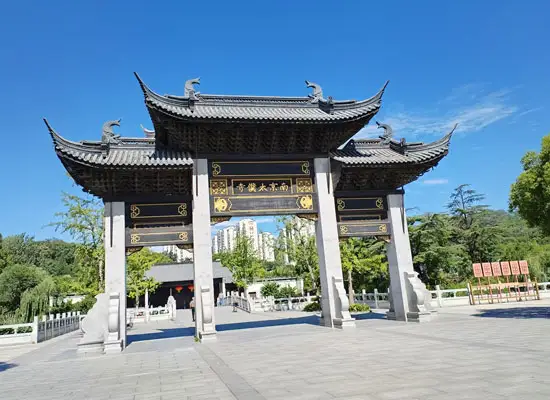
Entry through the main gate is free, but two main attractions require separate tickets. I looked at the map at the entrance, which provided detailed information about the scenic area and its highlights. The core attractions include the Nanjing Imperial Stable Office complex and the Wulongjun Shrine on the opposite hillside. Most of these buildings are newly constructed or reconstructed on the original sites.
On the right side of the road is a newly constructed stele pavilion. The stele is engraved with the names, hometowns, and tenure of all the officials who served as the Minister of the Imperial Stables of Nanjing during the Ming Dynasty, making it a very important historical document. This reminded me of Sun Wukong’s title of “Bima Wen” in Journey to the West. However, the Imperial Stables was a genuine central government agency.
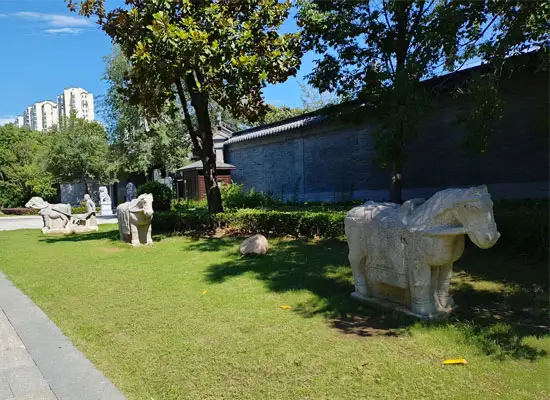
Stone carvings along the road
There are numerous stone carvings along the road, depicting figures of people, horses, and sheep, clearly modern works. Among them, the horse-tying posts are particularly interesting. Some depict Western Region foreigners riding on lion-like beasts. The riders are smiling, but their mounts look miserable. On another horse post, the rider’s hat and forehead are covered with what looks like red insect eggs, and a pigeon is perched on his shoulder.
There is a stone horse with a calm and dignified demeanor, reminiscent of the mythical beasts found in front of Ming Dynasty tombs. The horse is not very tall, and children can easily climb onto it and sit. Although these are all new works, when placed in this environment, one can still sense some of the style of Ming Dynasty stone carvings. All of these stone carvings are related to the theme of horses. The stone carvings on both sides of the main gate of the Nanjing Ministry of Horses depict horses plowing fields or pulling carts, with the cart drivers wearing headscarves commonly seen in northern China.
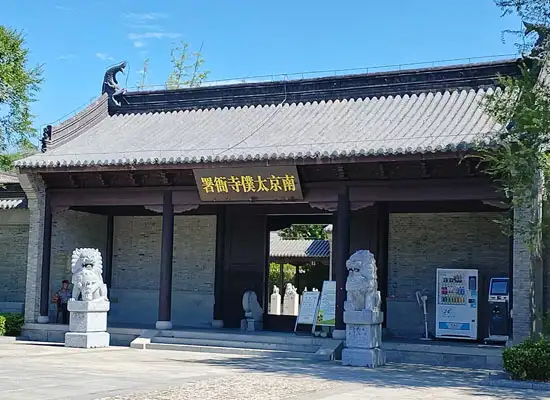
Government Office of Court of Imperial Stud
The Government Office of Court of Imperial Stud is the core of the scenic area, a large complex of newly constructed buildings. If you want to see authentic ancient architecture, this may not be the best place. However, it recreates the appearance of a Ming Dynasty central government agency, helping us understand the government structure, official positions, and horse management operations of the time.
The introductory plaque for the office stands in a large courtyard. There is a screen wall in front of the main gate, featuring exquisite relief carvings of horses. The gatekeeper noticed me taking photos and kindly stepped aside, also informing me that the last room contains a video introducing the Court of Imperial Stud. This complex was rebuilt on the original site, which was once a barren field.
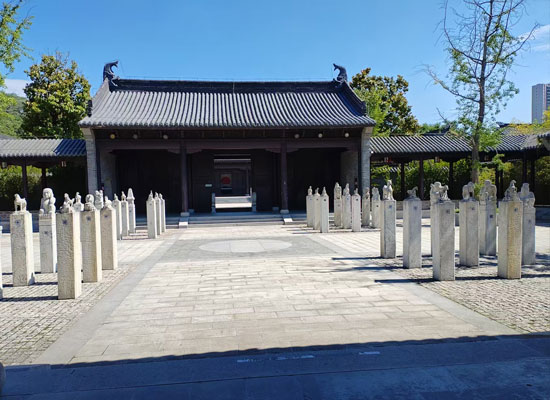
Entry to the office requires a 30-yuan admission ticket. Operating hours are from 7:30 AM to 5:30 PM daily, with entry closing half an hour before closing time.
The government office is a grand courtyard with three rows of buildings, all newly constructed. Historically, these buildings were expanded and renovated by successive Taipu Temple officials. Upon entering, I found that many of the rooms were empty. The “Clerk’s Hall” in the west wing has some exhibits about the Taipu Temple. The statues and murals in the Earth God Temple are very colorful. The mountain-ringing tower on the east side is still under construction. A horse-drawn carriage is parked behind the gate. The courtyard is dotted with stone carvings of horse-tying posts.
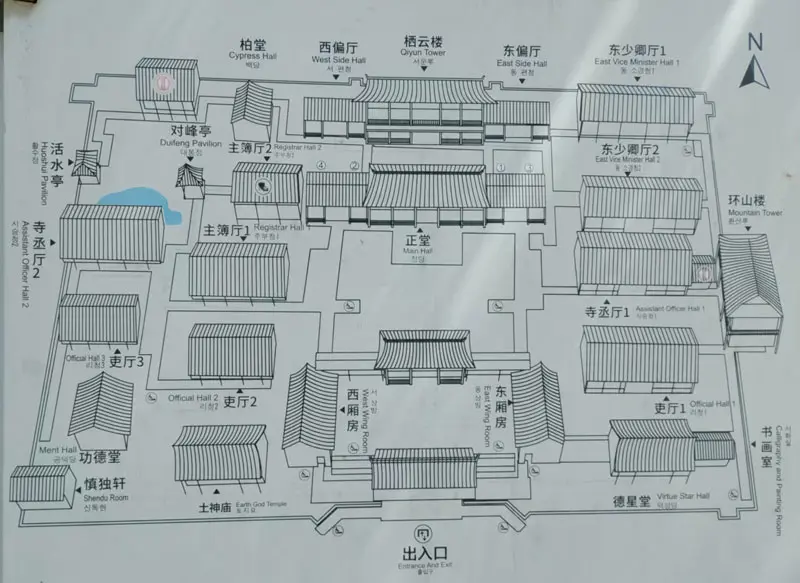
The second courtyard was where the Grand Steward of the Imperial Stables conducted official business. The five-bay hall exudes an air of authority. The courtyard is empty, and I wandered around without encountering any other visitors.
The most impressive part is the Grand Steward’s main hall, which is elegantly decorated. The hanging plaque inscribed with “Diligence and Virtue” indicates that officials in ancient times were also required to be diligent and honest. There are no wax figures here, as this is not a county government office, and visitors cannot pretend to preside over a court case.
Behind the main hall is the third courtyard, where the two-story Qiyun Tower houses a sand table model of the government office and plays a short introductory video on a loop.
The west wing next to the main gate houses the exhibition “The Ministry of Horses in Nanjing and the Ming Dynasty’s Horse Administration,” which is the most valuable part of the government office. In ancient times, national affairs centered on military matters, and the key to military strength lay in warhorses. After the Ming Dynasty established its capital in Nanjing, it established the Ministry of Horses in Chuzhou to manage the warhorses and imperial horses of the eight prefectures and four states along the lower Yangtze River.
The exhibition also includes a simplified chart of Ming Dynasty official ranks, with the Ministry of Horses being a central government institution. The Nanjing Ministry of Horses had one Minister of Horses (equivalent to a modern-day minister, third rank), two Deputy Ministers (fourth rank), two Assistant Ministers (sixth rank), and one Clerk (seventh rank). The Minister of Horses was a high-ranking local official, with most of his subordinates being literati. They often gathered here to exchange ideas, which had a significant impact on enhancing Chuzhou’s cultural influence.
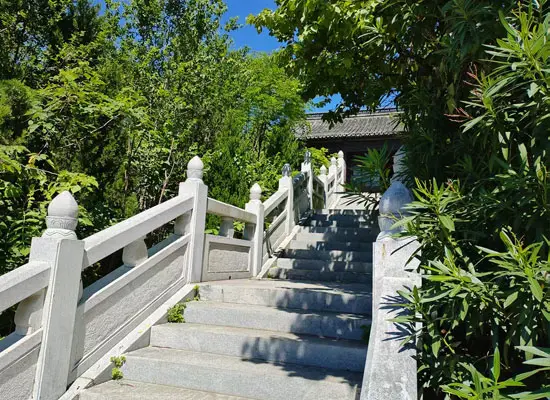
Five Dragon King’s Temple Scenic Area
On the hillside opposite the government office, dozens of small scenic spots have been newly constructed, combining horse administration culture, Dragon King culture, and the historical anecdote of the Ming Dynasty philosopher Wang Yangming having served here. The Five Dragon King’s Temple is located at the highest point of the hillside, where ancient people prayed for favorable weather and abundant harvests.
The mountain trail on the left leads to the Five Dragon King’s Temple Scenic Spot. Along the way are newly built small scenic spots, suitable for leisurely strolls.
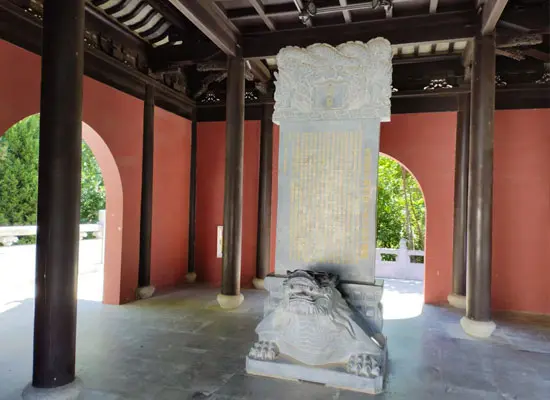
Imperial Tablet pavilion has been built at the bend in the mountain road. There are many pavilions in Langya Mountain, so this new pavilion is not very conspicuous. The stone stele in the pavilion is engraved with “Emperor Taizu’s Imperial Stele of the Divine Dragon Effect of Baizi Pond,” and legend has it that praying for rain at Baizi Pond is very effective.
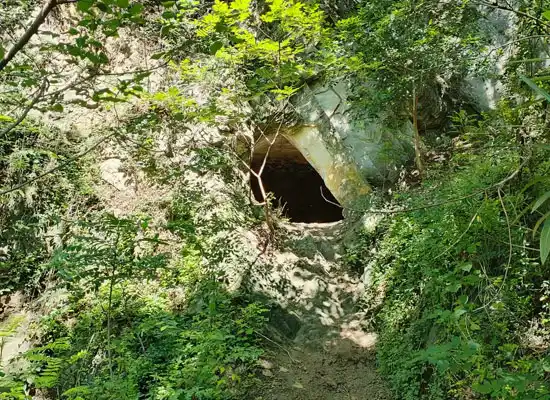
The most famous is Yangming Cave, with a pavilion built in front of it. The stone platform at the entrance of Yangming Cave is too steep for people to climb, so visitors can only view it from the pavilion. Nearby is the Laiyuan Pavilion, said to have been built by Wang Yangming, though the current structure is a recent reconstruction.
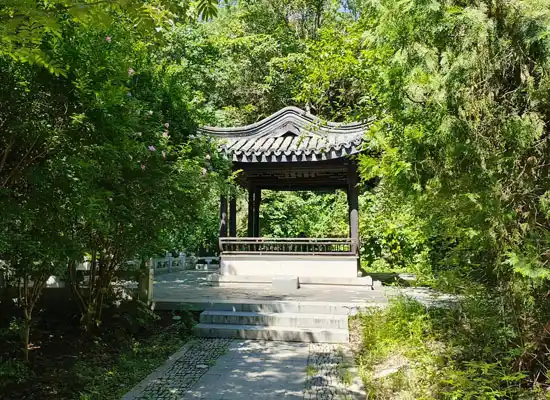
There is also a temple dedicated to the Horse God Temple, with no name or signage at the entrance. The statue of the Samartian deity inside has three eyes.
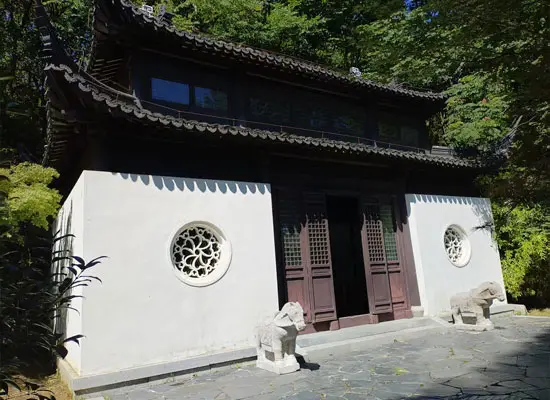
Why it’s worth a visit
The Nanjing Court of Imperial Stud complex covers a total area of 4,500 square meters and consists of multiple courtyards arranged in a “U” shape. The scenic area uses text, charts, and paintings to showcase the evolution of the horse administration system from the Zhou Dynasty to the early Ming Dynasty. Here, visitors can also see specialized exhibitions on ancient Chinese cavalry equipment, Ming Dynasty cavalry and warfare, and postal horses and stations, offering a valuable window into ancient Chinese history.
The Nanjing Court of Imperial Stud was the only central government department historically established in Chuzhou, holding a prominent historical status and exerting a profound influence on Chuzhou’s culture after the Ming Dynasty. It is only a few hundred meters away from the famous Fengle Pavilion. The Chuzhou Municipal Government has developed both sites into an integrated tourist attraction. If you are visiting Chuzhou and wish to learn about ancient Chinese horse administration culture and history, the Nanjing Taipu Temple is well worth including in your itinerary. This Nanjing Court of Imperial Stud travel guide is designed to help you explore this place more effectively.

